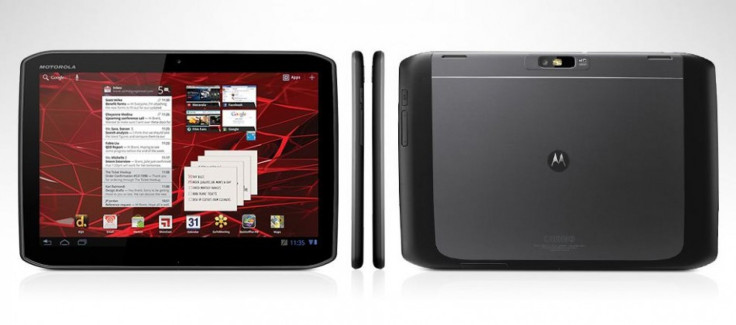The ASUS Transformer Prime vs. the Motorola Droid Xyboard – Comparison of Specs and Futures

The new high-end Droid Xyboard 10.1 is Motorola's second-generation offering in the tablet market. The device went on sale, in Europe initially, in November. The Xyboard is an attempt to revive and upgrade its earlier model - the Motorola Xoom. Incidentally, the Xyboard's sibling - the Xyboard 8.2 - signifies the developer's attempts to enter the small tablet market. The primary difference between the Xyboard 10.1 and the Xyboard 8.2 is the size of the screen.
If the tablet is to help Motorola establish some sort of a foothold in the market, it will have to face stiff competition, particularly from the likes of ASUS' Eee Transformer Prime... the world's first quad-core NVIDIA Tegra 3-powered Android tablet.
Take a look at the features and specs of both tablets:
Design:
The Motorola Droid Xyboard is 8.8mm thin (0.35 inches) and 5mm thicker than the Asus Eee Pad Transformer Prime. The tablet has unusual flat-rounded corners, a metal back and a soft rubberized grip on the horizontal edges, to make it feel more like a phone and more slip-resistant. The tablet weighs around 13.8 ounces.
Meanwhile, ASUS is renowned for its good-looking devices and the Transformer Prime lives up to the billing - with the concentric circular pattern of the Zenbook laptop and a full aluminum body. The Prime should be thinner and lighter than its predecessors and weigh around 586g.
Display:
The Xyboard 8.2 has a bright 1280 x 800 resolution display. Interestingly, compared to the 10.1 inch model, which has the same resolution, the 8.2 inch screen has higher pixel density.
The ASUS Eee Transformer Prime comes with 600-nit 10.1-inch Super IPS+ LCD Gorilla Glass display which will give clear transitions and detailed image rendering. With a resolution at 1280 x 800 pixels, the screen promises to deliver quality displays in every respect.
Operating System:
Like all previous Motorola tablets, the Xyboard has the same dual-core processor running the Android Honeycomb OS. The Prime, on the other hand, will have run Android's newest OS - the 4.0 Ice Cream Sandwich - from Jan. 12.
Battery:
The performance of the battery could be a point of serious concern for Xyboard users, since the device has a maximum of 8 hours of battery life, according to a report by tabtimes.com. The ASUS Eee Pad Transformer Prime pad (with dock) has a 22 Wh Li-polymer Battery which gives 18 hours of battery life on video playback.
Camera:
The Motorola tablet has a 5 megapixel camera on the back and a VGA camera on the front, while ASUS's camera is an 8 megapixel 3264x2448 pixels with LED flash and autofocus features. There is a secondary 1.2 megapixel camera present in the ASUS tablet.
Processor:
The Motorola Droid Xyboard features a 1.2GHz dual-core processor while the Transformer Prime tablet has Nvidia Tegra 3 quad-core 1.3 GHz Cortex-A9 CPU, ULP GeForce GPU. The faster Tegra 3 processor gives the latter an instant advantage.
Pricing:
The new price tag for the 8-inch model of the Droid Xyboard is $379, while the 10 inch model is $479.
ASUS' Transformer Prime comes at a price tag of $499 for a 32GB model and $599 for a 64GB model. To buy the keyboard dock, the user needs to shell out an extra $149.
Other Features:
The Xyboard comes with good features like a 4G LTE connection, an active stylus. However, the Prime will boast of features like bootloader, Adobe Flash, Email, Assisted-GPS support, micro HDMI port, MP3/WAV/WMA/AAC player, MP4/H.264/H.263 player, microSD card reader, 2-in-1 audio jack and Polaris Office editor. MyCloud, ASUS sync, SuperNote, App Locker, App Backup and TegraZone.
© Copyright IBTimes 2024. All rights reserved.











